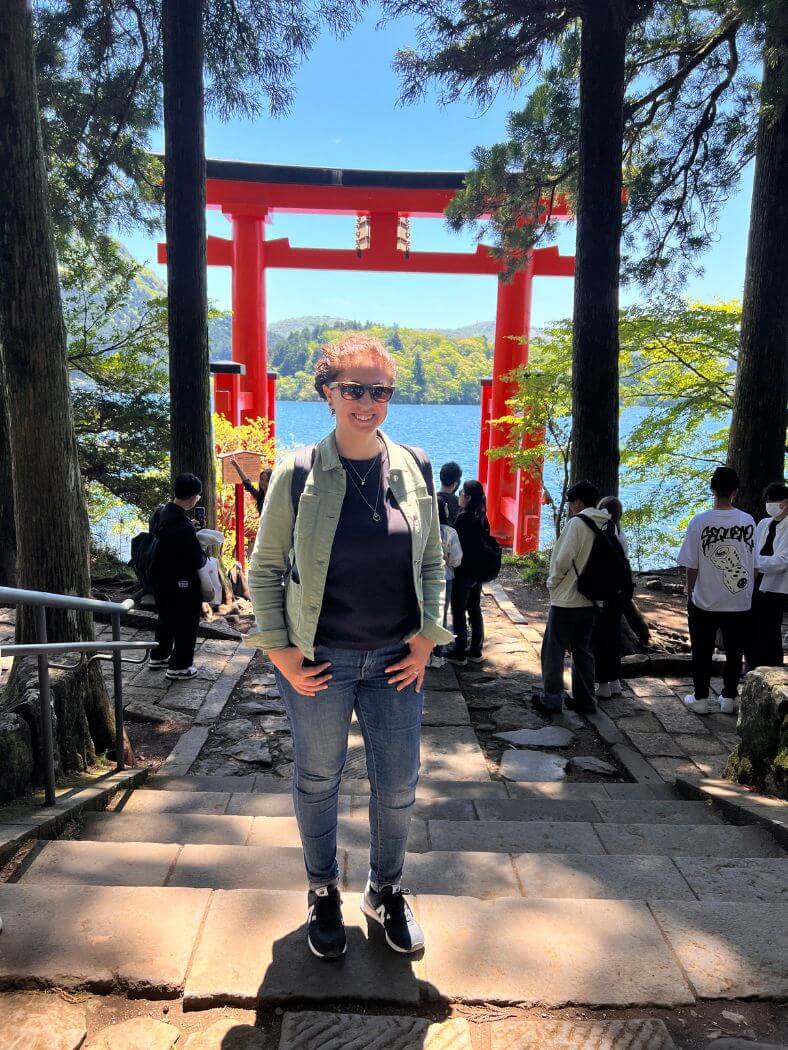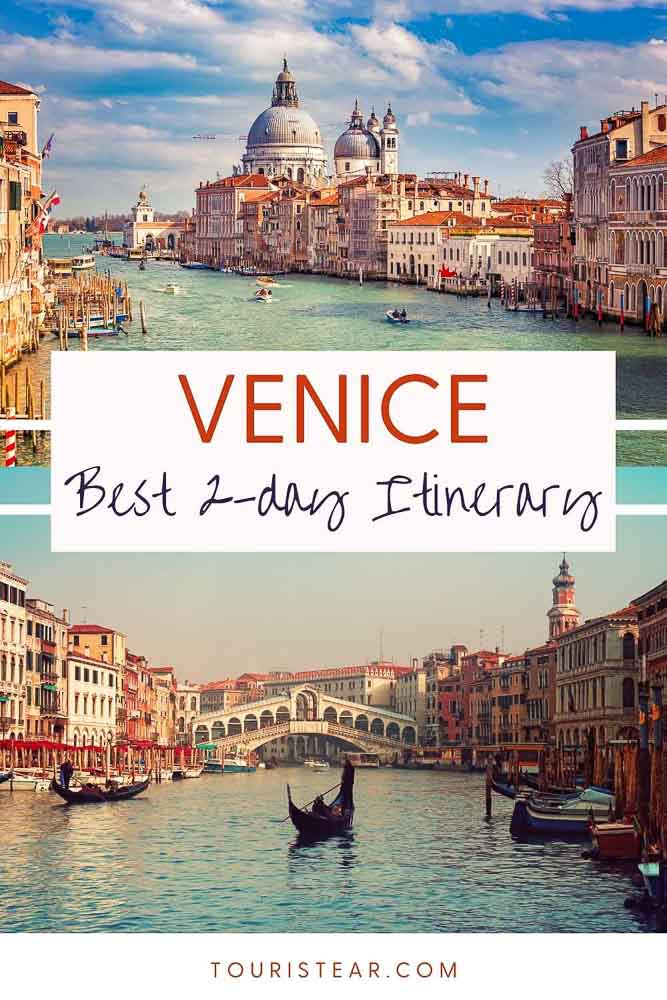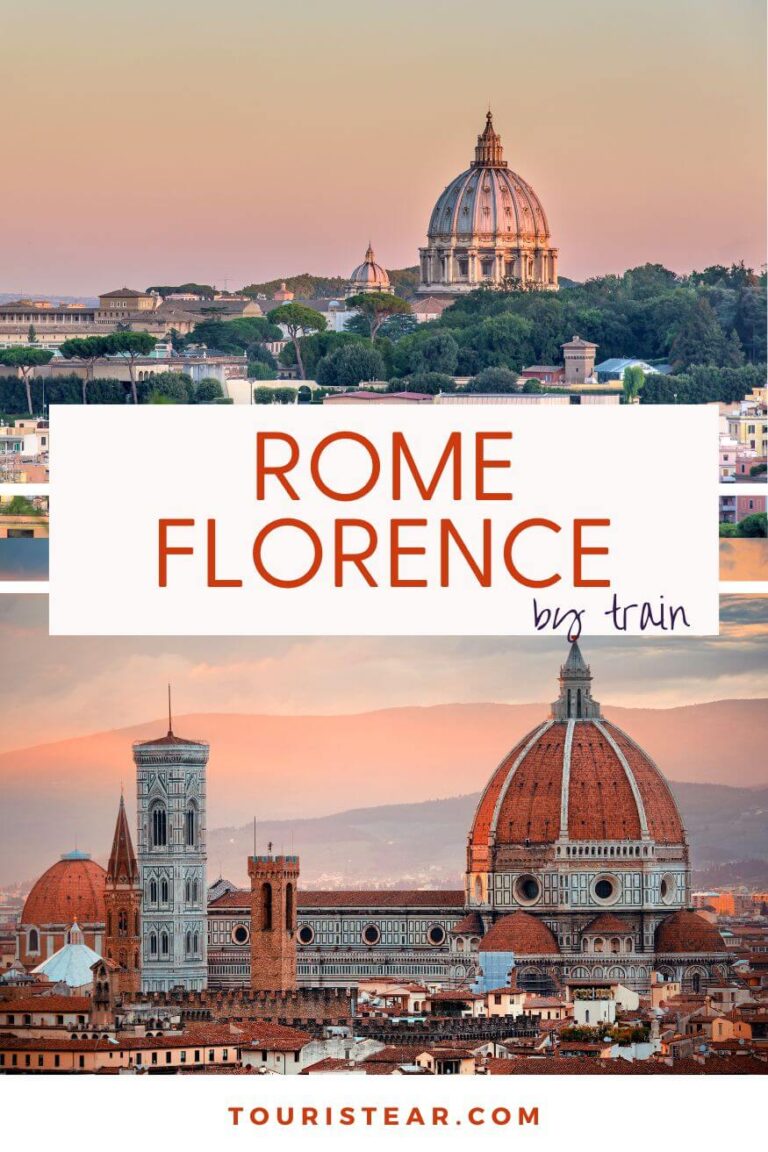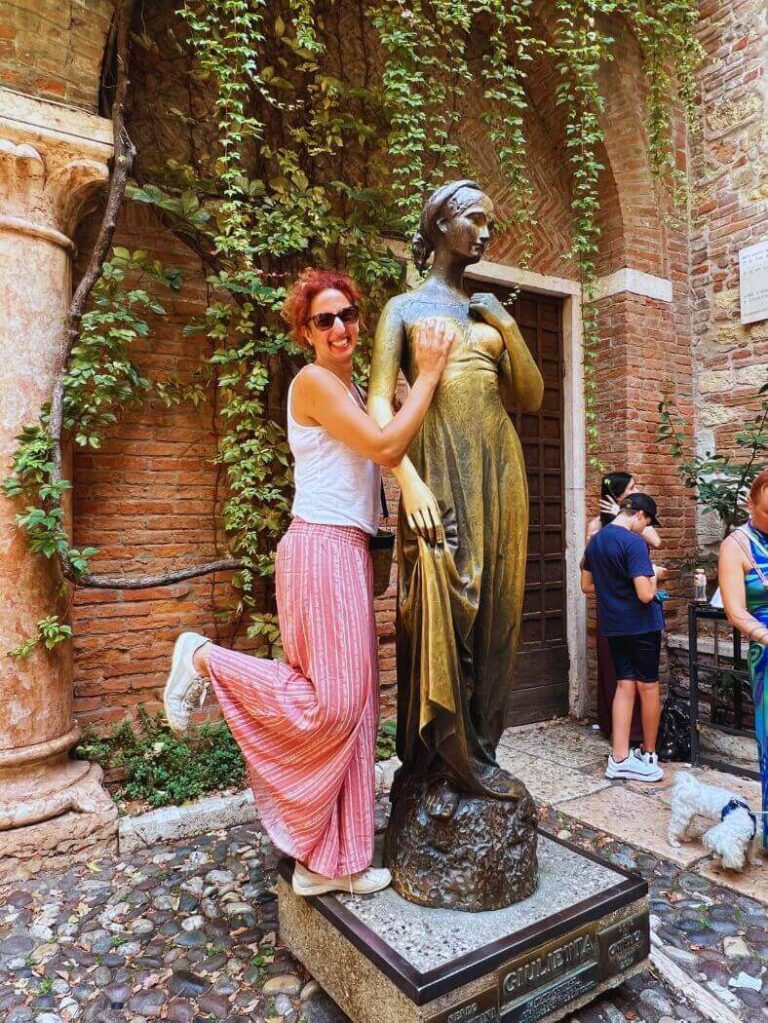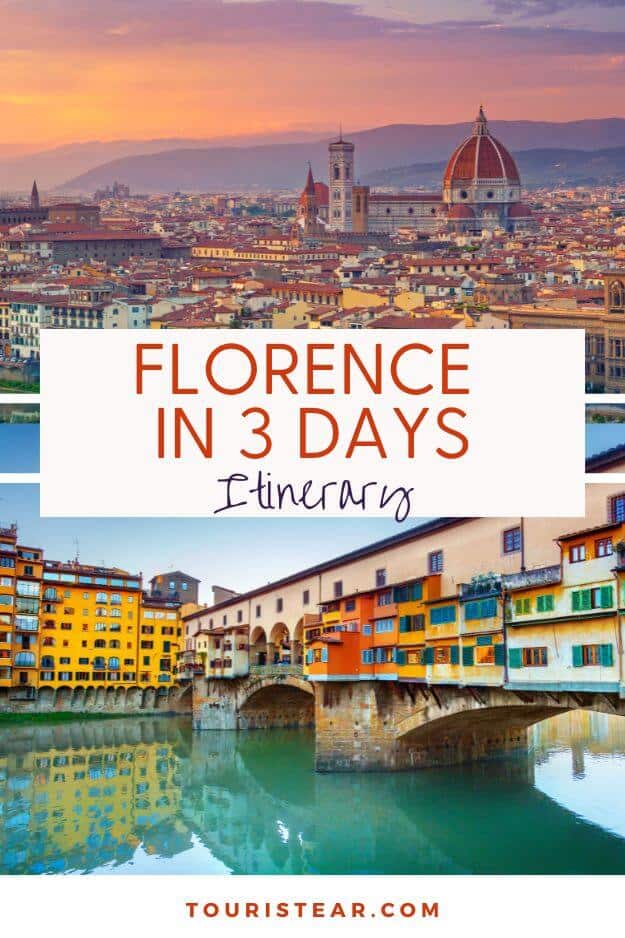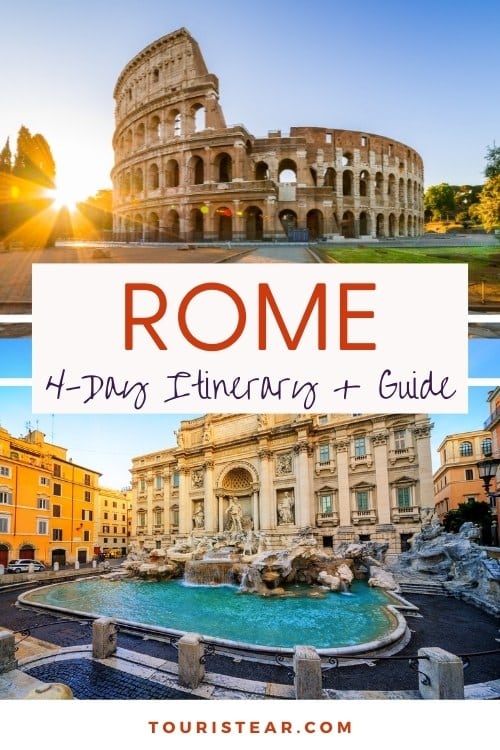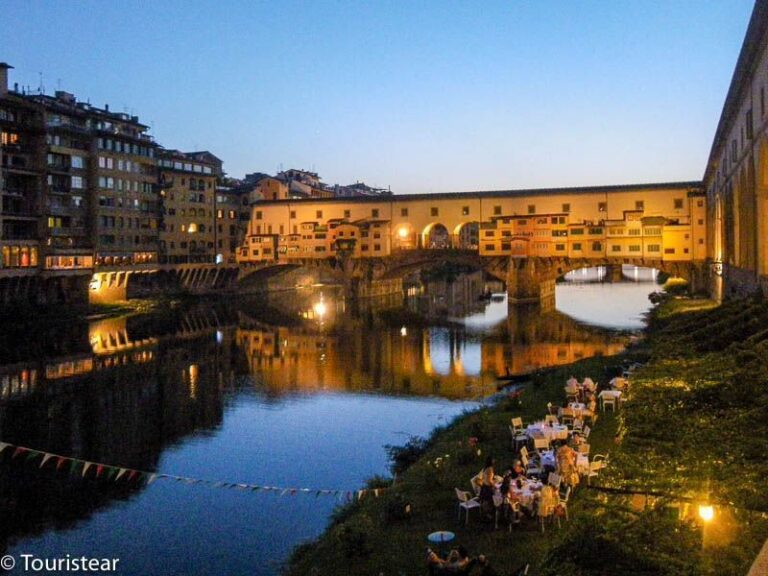25 Best Things to Do in Rome | Top Attractions & Landmarks
What are some of the most notable highlights and noteworthy attractions to visit in Rome, Italy? Explore a comprehensive list of the top 25 must-visit places, including sightseeing opportunities, tourist attractions, historical monuments, and iconic Roman landmarks.
Rome Landmarks – 25 Noteworthy Points of Interest & Activities in the Eternal City
Rome is a metropolis abundant in museums, squares, ancient Roman monuments, and other notable places.
The Italian capital extends beyond the prominent tourist attractions such as the Colosseum, Pantheon, and St. Peter’s Basilica in the Vatican City.
While visiting this city, you will encounter the 25 most renowned and widely-visited sights that Rome has to offer.
For additional information on these exceptional monuments, museums, tourist attractions, and top activities to experience in Rome, Italy, simply select one of the must-see highlights or notable landmarks.
The Agrippa Pantheon

Among the impeccably preserved structures from ancient Rome, one notable example is the Pantheon. Although its original purpose remains uncertain, the Pantheon was generously gifted to the pope by Emperor Hadrian in 608.
The present-day Roman Pantheon showcases numerous distinctive grave markers honoring notable figures such as painter Raphael and several Italian monarchs. Additionally, the grand dome of the Pantheon, known as the oculus, is exceptionally spacious and open.
In recent times, it has become necessary to purchase tickets in order to tour the historic Roman Pantheon.
It is impressive to enter this building and see the dome that is a perfect half-sphere and that was erected more than 1900 years ago on the orders of Hadrian.
The Pantheon, which dedicated worship to all the gods of Rome, survived because, in 608, it was transformed into a church but had followed the same fate as many pagan temples.
The Pantheon of Agrippa is spectacular inside and outside, the classic facade with its columns, the bronze door that invites you to enter. The square with its fountain.
- Visit Rome with a free walking tour with an English-speaking guide.
- Check Out: Omnia Rome Card
- 5 Day Tour: The Best of Italy
The Trevi Fountain
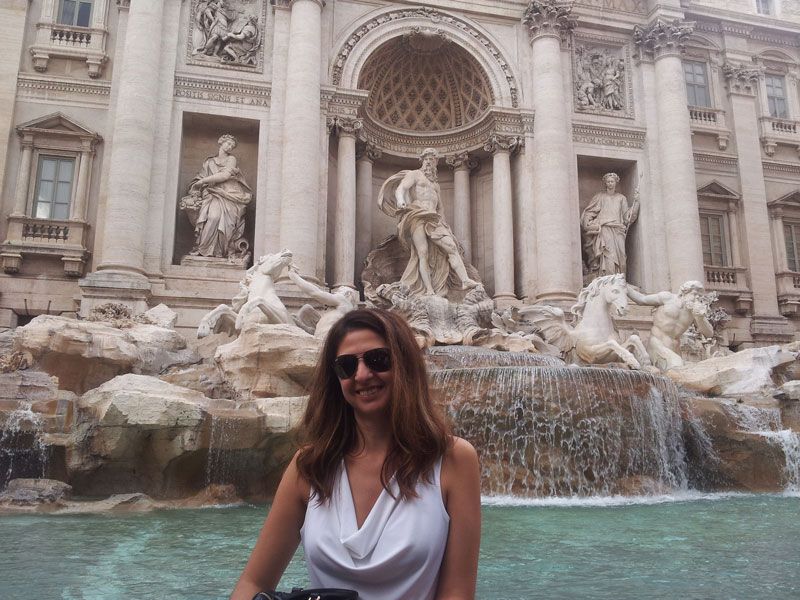
The Trevi Fountain is one of Rome’s most beautiful and famous fountains. Fontana has its origins in 19 BC, although its current appearance originates from 1762.
The ‘Fontana di Trevi’, also known as Trevi Fountain, is undoubtedly the most renowned fountain in Rome and possibly across the globe. This baroque-style fountain, situated on the Piazza di Trevi, was constructed during the 18th century.
A must-see during a visit to Rome is the significant structure and sculpture featuring Neptune, the god of the sea, on his chariot.
To fully experience Rome’s attractions, it is essential to partake in the timeless tradition of tossing a coin into the Trevi Fountain, symbolizing the promise of a future return to Rome, Italy.
When you go to the Trevi Fountain, you must toss a coin with your right hand and pass it over your left shoulder.
According to this myth, if you do this, it means you will return to Rome! I’ve just tossed the coin once, and I’ve already returned twice 🙂
The Roman Colosseum
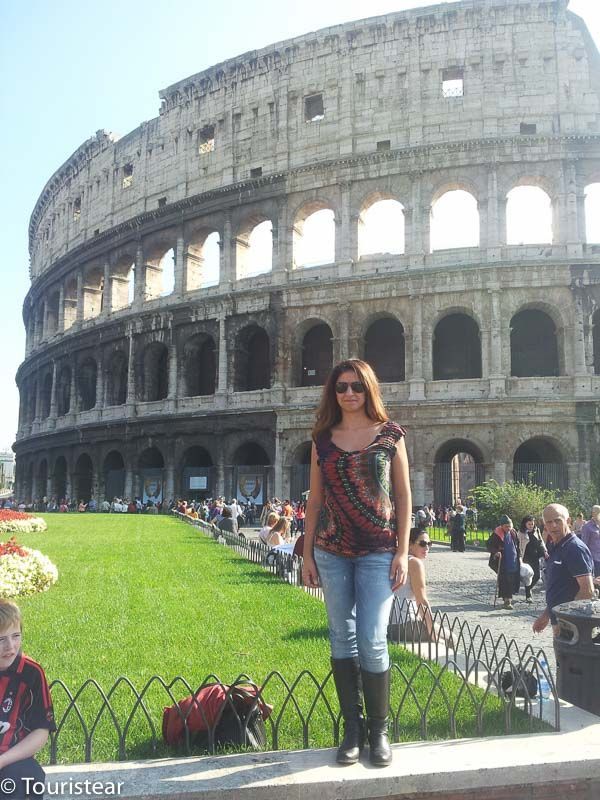
Traveling to Rome itself is a walk through history, but you move directly 2000 years back in time as you enter the Colosseum.
The primary highlight of Rome is the Colosseum, a grand amphitheatre that accommodated 65,000 individuals during ancient times.
In this remarkable structure, gladiators engaged in combat with both each other and ferocious creatures within its arena. Within the expansive remains of the Colosseum, one has the opportunity to explore the seating sections, the central stage, and the subterranean chambers of this immense Roman amphitheatre.
Given the substantial influx of visitors, it is strongly advised to secure advance reservations for Colosseum tickets, as it holds significant stature as one of the seven marvels of the contemporary world.
Additional information regarding the renowned architectural marvel known as the Colosseum.
The Colosseum was declared a World Heritage Site by UNESCO. It was built in the year 70, almost 2000 years ago, on the remains of the previous amphitheater that was destroyed in the Great Fire of Rome in ’64.
Over time the Colosseum passed through different owners, had different uses, and suffered plunders. But since the last century, work have been done to maintain it.
It is the most visited monument in Italy. Therefore, when you go to Rome, this is a must!
The Basilica of St. Peter
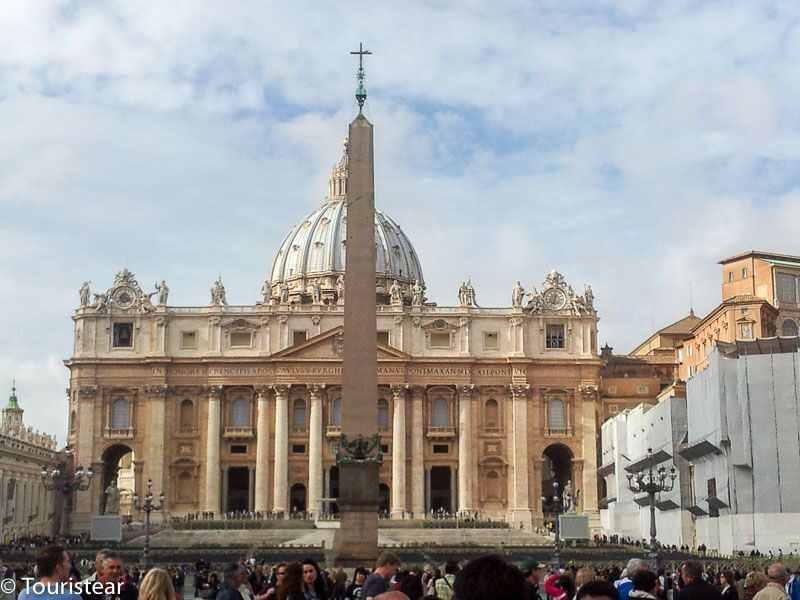
The spiritual focal point of the Catholic Church and the living quarters of the pope is known as St. Peter’s Basilica, alternatively referred to as ‘Basilica di San Pietro in Vaticano’.
Situated in the sovereign territory of Vatican City and adjacent to St. Peter’s Square, the colossal basilica was constructed atop the presumed burial site of Peter.
Within St. Peter’s Basilica, visitors can behold remarkable artistry, including Bernini’s magnificent baldachin and Michelangelo’s masterpiece ‘La Pieta’, as well as explore the crypts housing 148 papal tombs.
It is highly recommended to make advance arrangements for your visit to St. Peter’s in order to avoid prolonged waiting in line.
Vatican Museums and the renowned Sistine Chapel
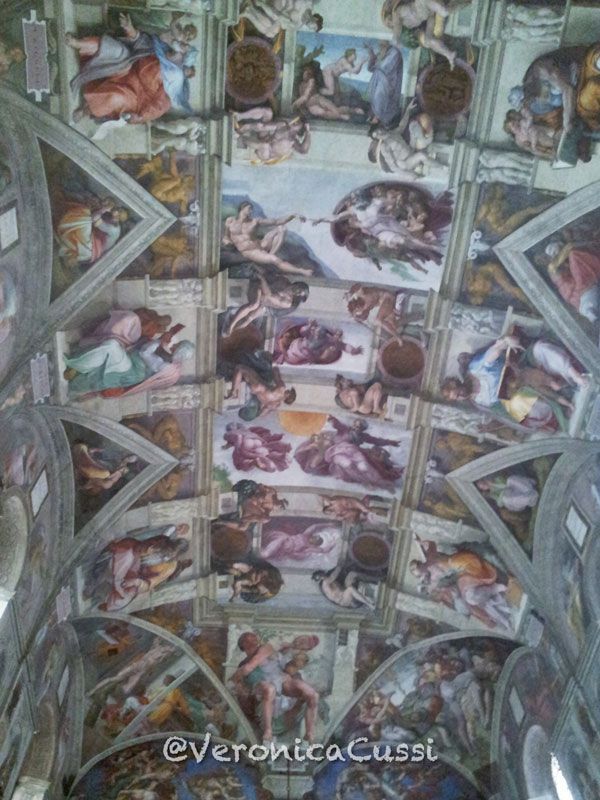
Throughout the ages, the pontiffs gathered a vast array of artistic pieces ranging from Roman artifacts and sacred relics to numerous canvases.
Within the Vatican Museums, visitors have the opportunity to explore 54 lavishly adorned chambers and admire these cherished masterpieces belonging to the Catholic faith.
The main attraction for numerous tourists is likely to be the renowned Sistine Chapel, which features exquisite frescoes painted by Michelangelo and is primarily recognized as the location where papal conclaves are held to elect a new pope.
Due to its popularity, this particular attraction experiences notably lengthy queues. It is highly recommended to secure skip-the-line tickets in order to avoid enduring a wait of more than two hours under the scorching sun.
Visiting Vatican City is one of the must-see essentials of a visit to Rome. Even if it is crowded, entering the Sistine Chapel is something you have to do, even if it’s only once in a lifetime.
The two times I’ve been to the Vatican, I did the visit with a guide (I went with different people!) and the truth is that it’s excellent because you find out things that you might otherwise have overlooked without realizing it.
Besides, the good thing is that you avoid the lines.
- Guided tour in English through Vatican City, skip the line admission.
Vatican City is a state; the smallest in Europe does not reach even half a square kilometer of surface area!
St. Peter’s Square can be one of the best-known squares in the world without exaggerating, as well as wonderful.
Forum Romanum and Palatine
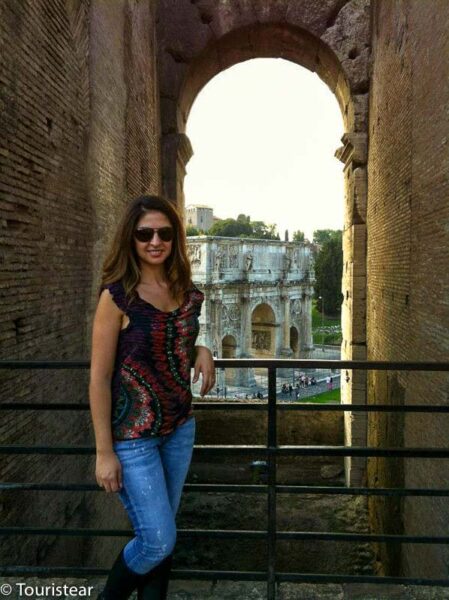
The Forum Romanum served as the focal point of the ancient Roman Empire. When touring the Forum Romanum, you will have the opportunity to pass by ancient Roman excavations and explore an archaeological park housing a collection of historical temples, arches, market halls, and various notable structures constructed by different emperors.
Adjacent to the forum is Palatine Hill, where you can explore the unearthed remnants of imperial residences. For additional information on this site, please visit ‘Forum Romanum’.
Piazza Venezia at Night
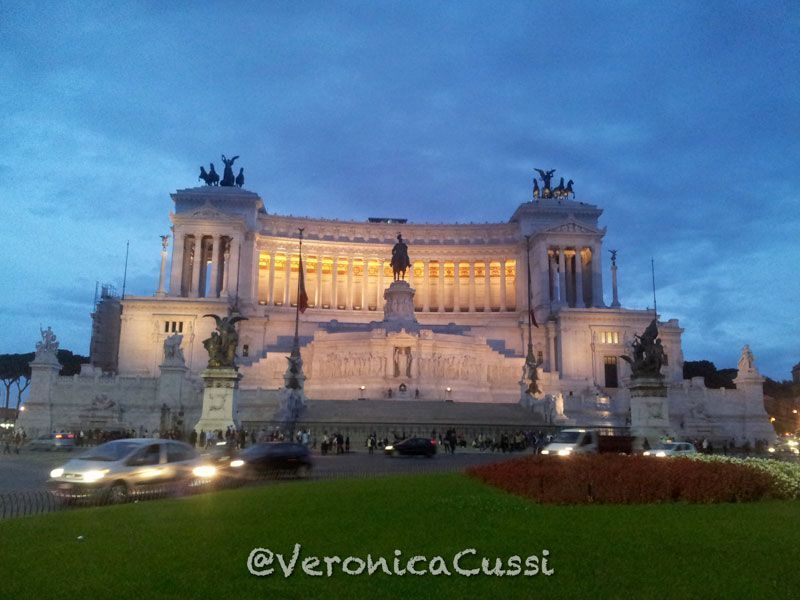
Venice Square, for me, is one of the prettiest. Although apparently, its construction has been a bit controversial, since to build it required the entire body of the Venice Palace to be moved, destroying a Renaissance square.
There’s a lot of traffic around here, but it’s worth a visit, especially at night when it’s lit, and there are fewer people.
Piazza Navona
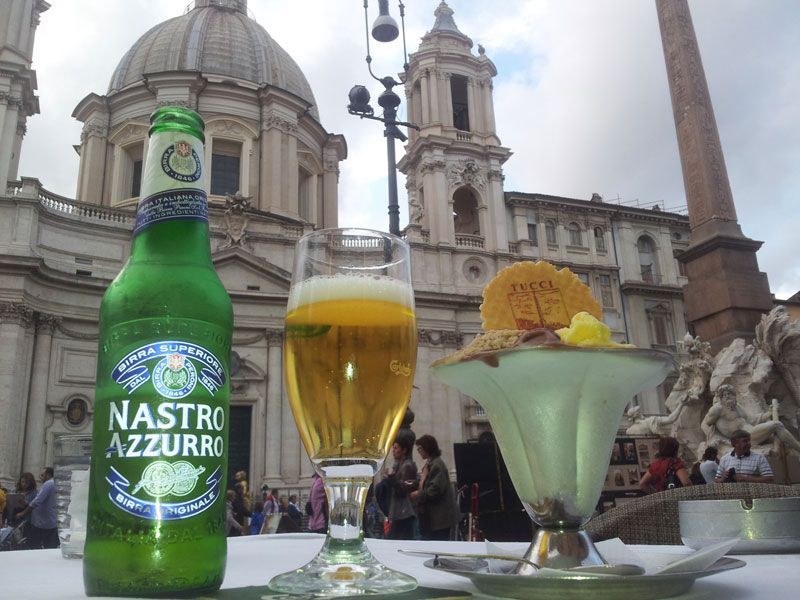
Piazza Navona, a truly remarkable square and a must-see destination in Rome, is distinguished by its elongated design that can be attributed to its initial function as an ancient Roman sports arena.
Important attractions within the square encompass various captivating fountains, including Bernini’s masterpiece ‘La Fontana dei Quattro Fiumi,’ an intriguing obelisk, and the opportunity to explore the remnants of the ancient Domitianus Stadium.
Furthermore, Piazza Navona exudes vibrancy with its abundance of street performers, cafes, and outdoor seating areas.
Piazza Navona is a jewel of the Roman Baroque. It is located in the heart of Medieval Rome. It is one of the typical squares you reach walking through some narrow alley, and suddenly, there you have it, with its famous rivers and Obelisco.
It depends on when you go; you can find yourself with flea markets, street artists, many visitors, and places to choose to have a drink and rest. However, as it is a touristy square, look out for the prices!
El Castel Sant’Angelo
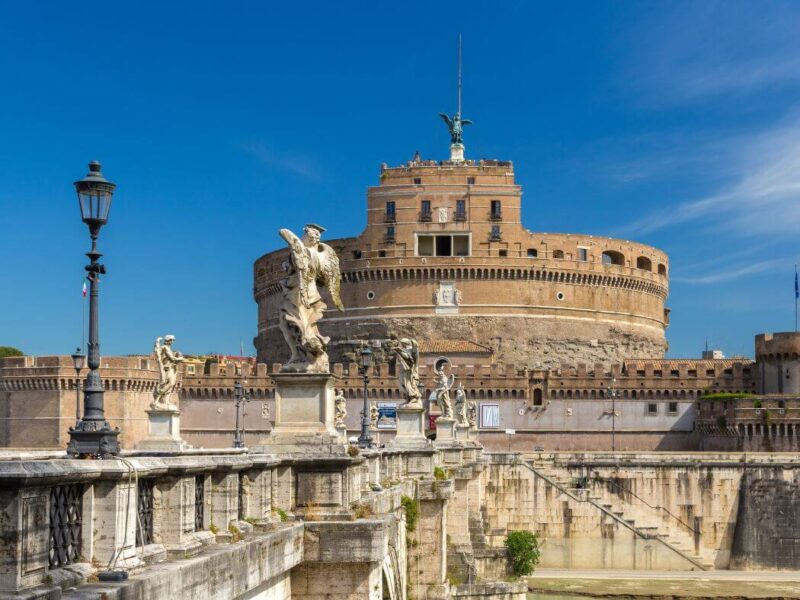
Sant’Angelo Castle was built around 123 AD as a tomb of Emperor Hadrian and his family.
It has had many uses over the course of these almost 2000 years, from a burial monument to a fortified outpost, from prison to present-day’s beautiful museum where the past and present of Rome appear together.
If you go to Vatican City and want to walk back to the center of Rome, take advantage and go along the Via Della Concilliazione.
It will be about 300 meters, no more, and you arrive at the Castle, take a leisurely walk around the surroundings, and if you feel like it, you can enter!
Piazza Spagna
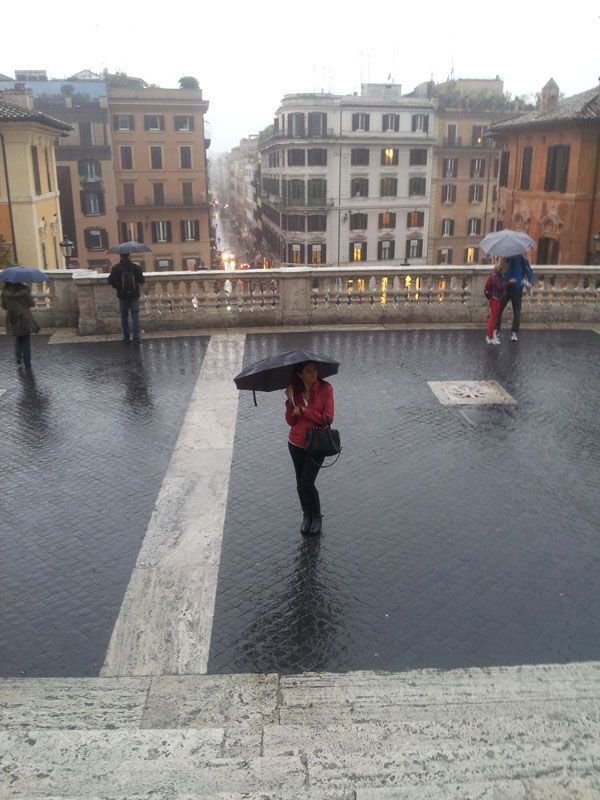
Located at the base of the French church ‘Trinita dei Monti’ are the 135 steps known as the Spanish Steps. These steps lead down to the Piazza di Spagna, where a unique fountain crafted by Pietro Bernini awaits you.
Having developed into a popular attraction for visitors, the Spanish Steps from the 18th century provide an exquisite perspective of Rome when reaching their summit.
The Bernini fountain is at the foot of the staircase, and above is the Church of the Trinity of the Mountains.
Although, honestly, I remember more the Bar of Martini, which had great views and cocktails. Also, you can find haute couture firms around the square.
Trastevere
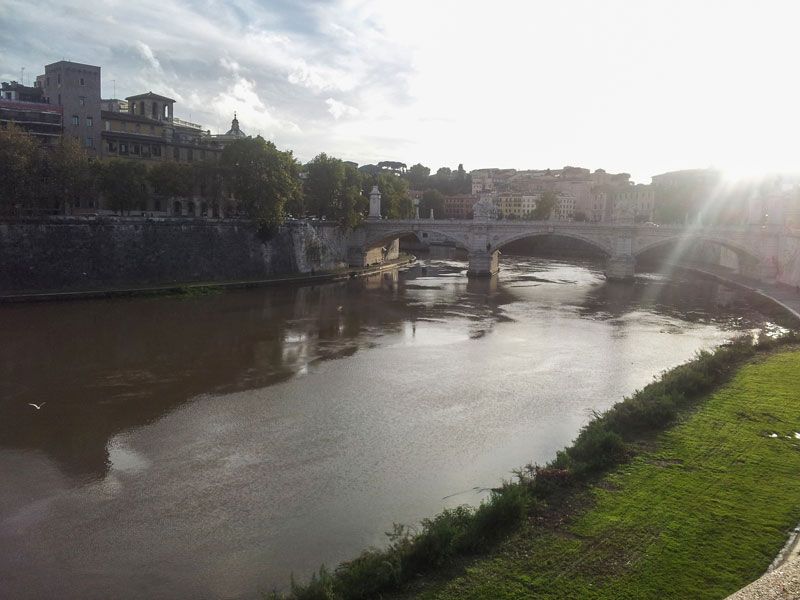
Across the river Tiber, you will find the historic district of Rome known as Trastevere. This quintessentially Italian neighborhood offers a charming labyrinth of slender alleys, where one can immerse themselves in the sight of ancient medieval residences and indulge in a vibrant evening at the plentiful array of restaurants and bars.
Trastevere is one of my favorite neighborhoods in Rome. I love its atmosphere, especially at night. It is one of the oldest neighborhoods in Rome, where you can eat a good pizza or enjoy Roman food.
It is ideal to go out at night and have a drink in one of its pubs. Although the evening ends early here, if you want to continue a little more, you can go to the Testaccio 😉
Day and night, this neighborhood changes a lot. Take a walk, and you will see it! For me, it is a must-visit!
Piazza del Popolo
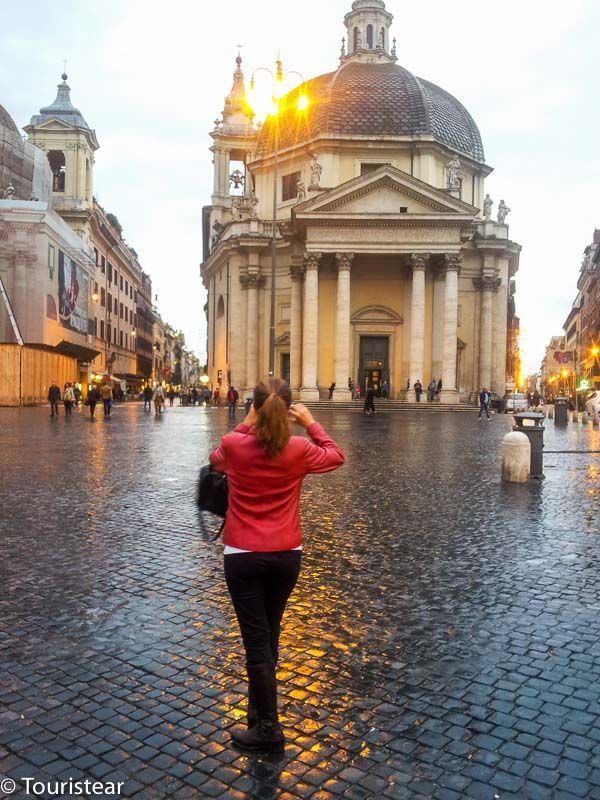
The Piazza del Popolo, a vast square in the neoclassical style dating back to the 1800s, was originally designed as a grand greeting area as the North Gate of Rome.
Standout features of this square include two symmetrical churches facing each other, the prominent Porta del Popolo city gate, an immense Egyptian obelisk, and a staircase that allows visitors to ascend Pincio Hill and enjoy a magnificent vista.
However, in the late nineteenth century, with the construction of Termini station, the development of the railway ceased to play its role.
It is quite a large square and with plenty of space. In the center is the Egyptian obelisk 24 meters high.
In the church of Santa María del Popolo, you can see two works of Caravaggio and many Renaissance works from different artists.
Gallery and Villa Borghese
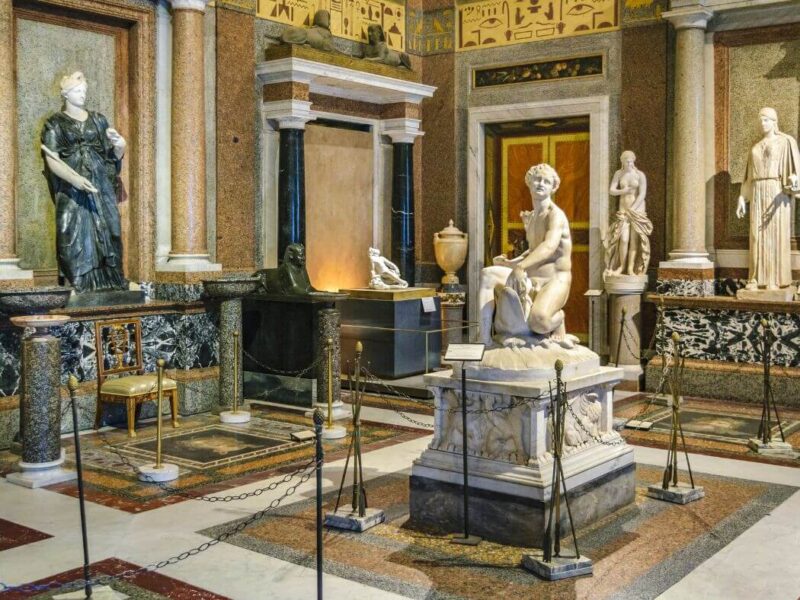
The title ‘Villa Borghese’ designates the extensive and stunning park in Rome. In earlier years, this property was owned by the affluent cardinal Scipione Borghese and was constructed around the villa bearing his name.
From 1903 onwards, the municipal government of Rome has owned it and utilized it as a public park. Within the park, one can also locate the ‘Galleria Borghese,’ a museum that showcases the extensive private art compilation of Borghese.
The art gallery houses sculptures and paintings created by renowned artists like Caravaggio, Rubens, Bernini, and Leonardo da Vinci.
Basilica di Santa Maria Maggiore
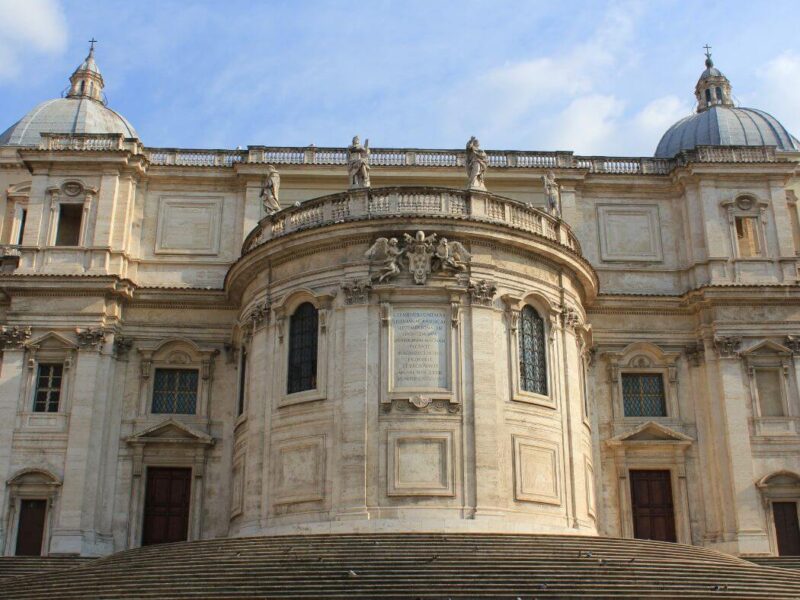
One of the four pontifical churches and the primary sanctuary dedicated to Mary in Rome, Italy, is the Basilica Papale di Santa Maria Maggiore.
This church, situated on the Esquiline hill, dates back to the 5th century and proudly preserves numerous original mosaic artworks. Additionally, the ceiling of the attraction possesses a unique golden appearance.
It is rumored that beneath the altar, there are even fragments of wood from the crib of Jesus.
Monument Dedicated to Vittorio Emanuele II
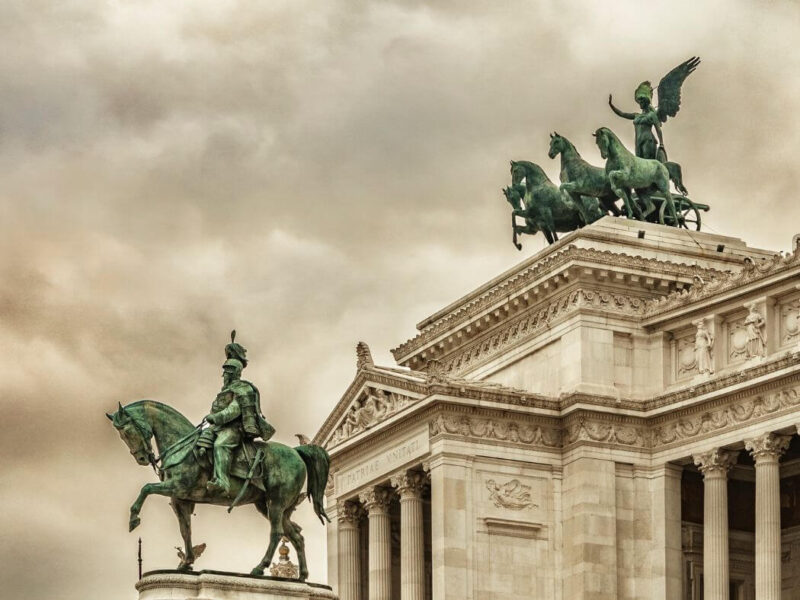
Situated adjacent to the Piazza Venezia square, the awe-inspiring Vittorio Emanuelle II monument stands as one of Rome’s most notable landmarks.
Referred to as the ‘Altare della Patria’ or the altar of the fatherland, this tower serves as a tribute to the momentous unification of Italy. In addition, Romans also employ various alternative names for it, like ‘typewriter’ and ‘wedding cake.’
This immense structure, painted in a pristine white hue, houses a museum as well as the tomb of the unidentified warrior, which is protected by a pair of soldiers.
The Archbasilica of St. John Lateran
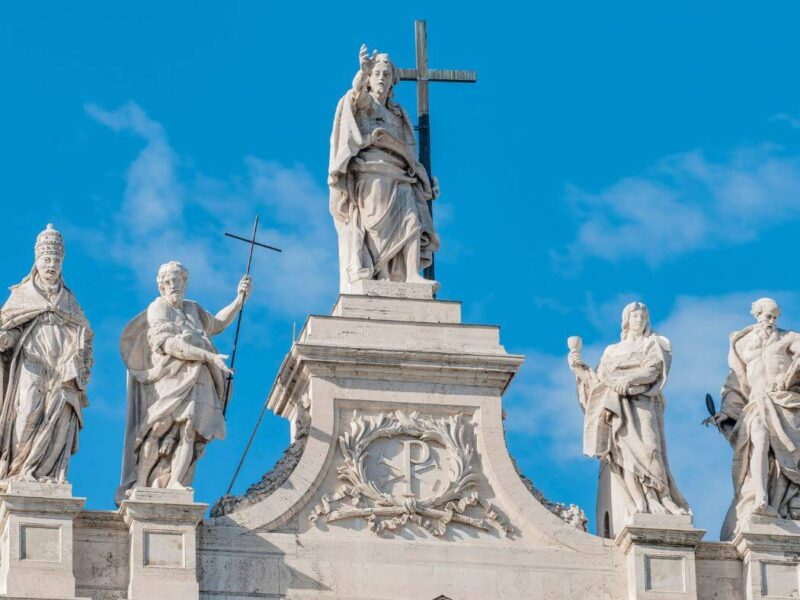
One notable aspect of the archbasilica of St John Lateran is its distinguished recognition as the foremost church in Rome, Italy.
Referred to as ‘San Giovanni in Laterano,’ it holds the esteemed status of being one of the four papal basilicas and serves as the cathedral for the diocese of Rome.
Throughout the past century, the church with its baroque appearance has undergone numerous alterations, including the inclusion of a unique frontage adorned with statues crafted by Alessandro Galilei.
Via Appia Antica & Catacombs
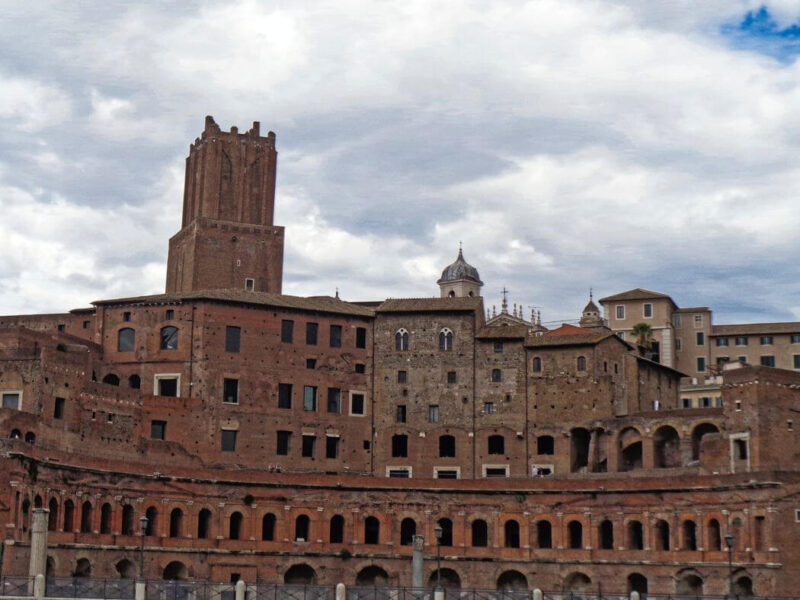
The Via Appia Antica, also known as the Roman Appian Way, is an ancient road that dates back to Roman times.
Initially designed to facilitate trade and expedite military movements, this road features substantial pathways adorned with numerous cypress trees.
Situated beyond the city boundaries, the Via Appia thoroughfare boasted many burial structures and catacombs, such as the renowned Catacombs of San Callisto.
To experience the wonders of the Via Appia and its various tourist sites, embarking on a guided bike tour is highly recommended.
The Domus Aurea, also known as the Golden House, is a Must-See Attraction in Rome
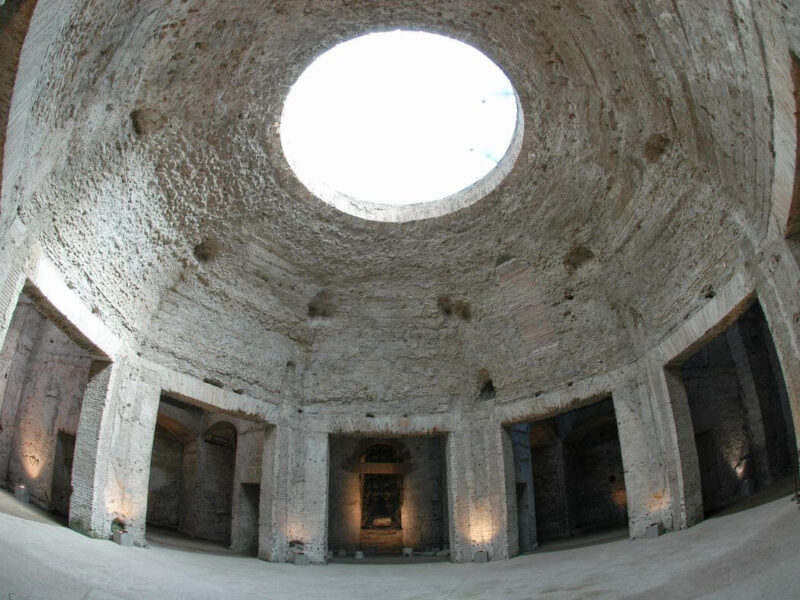
The Domus Aurea comprises the unearthed remnants of Nero’s opulent Golden House. Since 2014, it has been feasible to explore the remains of this grand palace in a captivating manner through a guided excursion, allowing visitors to immerse themselves in an authentic reconstruction of the palace’s former glory.
This attraction, which happens to be one of my personal preferences, is only accessible on Saturdays and Sundays due to ongoing restoration efforts throughout the week. Booking in advance is required for the visit to Domus Aurea.
Exploring Rome’s Landmarks by Bike
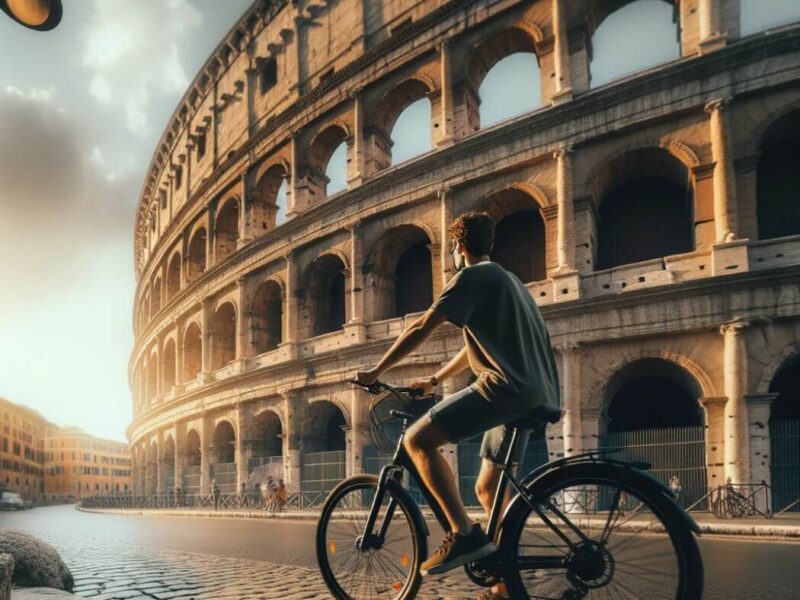
One convenient method of exploring many of Rome’s landmarks is bicycle transportation.
You can either rent a bike independently or, for an even more enhanced experience, join a guided bike tour conducted by an English-speaking guide that covers the various renowned sights and attractions in Rome.
Within a matter of hours, you will be presented with numerous noteworthy sights and captivating historical narratives of the landmarks of Rome. This is strongly advised!
Due to their high demand, we suggest making travel reservations (additional details and bookings for bike tours can be found here).
Palazzo Colonna and Palazzo Doria Pamphilj
Rome has several exquisite city palaces from the 16th and 17th centuries. These grandiose palaces boast magnificent private art collections filled with awe-inspiring paintings and frescoes.
While embarking on your urban escapade, it is highly recommended to explore at least one regal residence and its corresponding collections.
I suggest considering two palace options: if you find yourself in Rome on a Saturday morning, the Colonna Gallery comes highly recommended; however, on other days, the Doria Pamphilj Gallery is definitely worth a visit.
Campo de Fiori
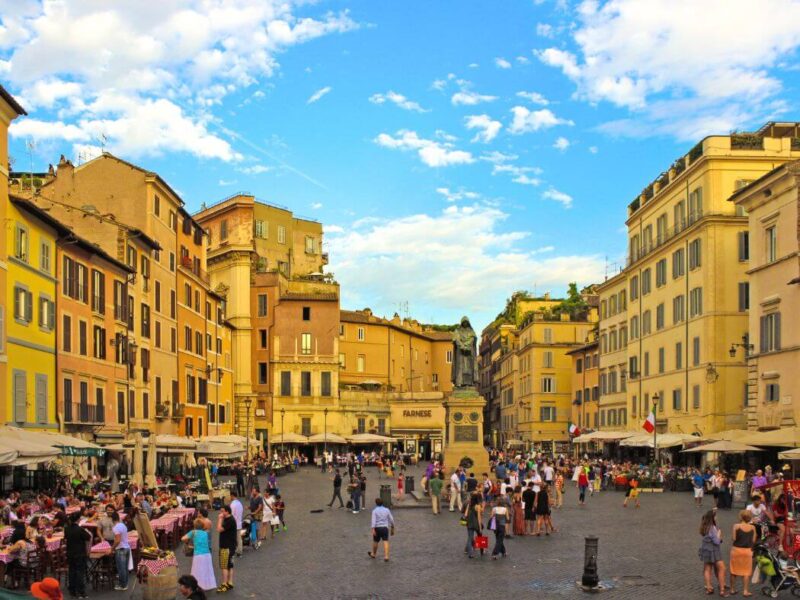
A vibrant plaza in the historic center hosts a bustling market daily featuring a wide array of fresh produce, including flowers, vegetables, fruits, and herbs.
During the evening hours, Campo de’ Fiori emanates a vibrant atmosphere due to the numerous bars and terraces surrounding the square.
The Basilica of San Clemente al Laterano
At an initial observation of its interior, the basilica honoring Pope Clement I may not be classified as one of Rome’s most awe-inspiring churches.
However, what sets the Basilica of San Clemente apart is its unique characteristic of hosting multiple layers of church constructions throughout the centuries.
While you explore the church, you can acquaint yourself with its history by examining the excavations of a 4th-century church, an undisclosed church dating back to the 1st century, and ancient Roman foundations.
Visit to the Capuchin Crypt
One of the most unusual destinations to explore in Rome would be the Capuchin crypt, situated underneath the Santa Maria della Concezione dei Cappuccini church.
Within the five chapels, visitors can encounter an intriguing display of approximately 3,600 Capuchin brothers’ skeletal remains that have been creatively integrated as artistic installations.
At the museum, you will have the opportunity to gain a deeper understanding of the Capuchin Brothers, followed by a visit to these exceptionally unique crypts.
Roman House – Domus Romane
Situated beneath Palazzo Valentini, adjacent to the Forum of Trajan, lie the remnants of ancient Roman dwellings and thermal baths.
If you’ve become weary of Rome’s abundance of stone structures and archaeological digs after a few days, it is strongly recommended to visit Domus Romane.
During my recent trip to Rome, I was pleasantly surprised by the vibrant and captivating excavations brought to life through guided tours featuring visually immersive animations and effects.
Due to the limited capacity for small groups (increased availability for Domus Romane), it is advisable to make a reservation.
The Baths of Caracalla are Open 24 hours a Day
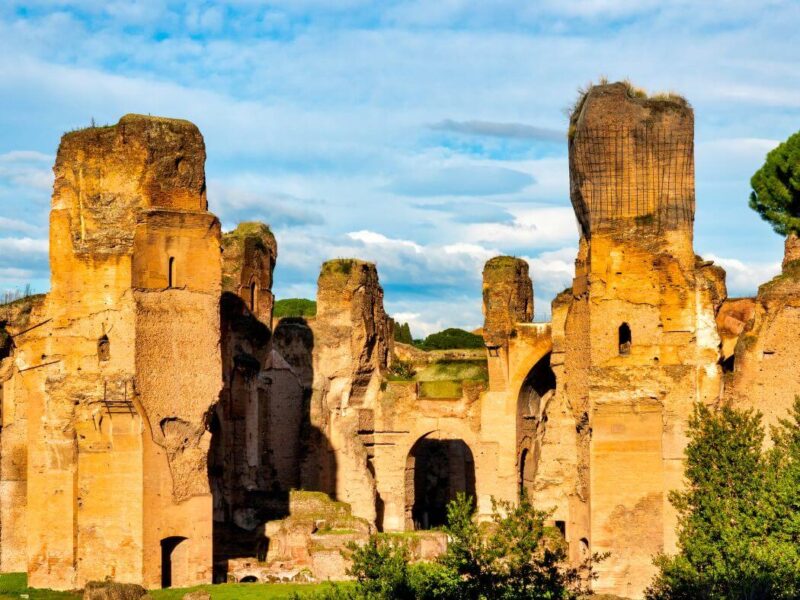
The ruins of the Terme di Caracalla represent the remains of a colossal 3rd-century CE bathhouse.
Once considered Rome’s most expansive bathing establishment, it could accommodate up to 2,500 visitors. Regrettably, the seismic activity and unauthorized removal of construction materials have caused noticeable damage.
Nonetheless, the ongoing archaeological excavations provide a compelling understanding of the immense scale of the baths commissioned by Emperor Caracalla during that era.
I also took a boat ride along the Tiber River with dinner and a show. Highly recommended!
The “Musei Capitolini”
also known as the Capitoline Museums, encompass a collection of museums situated on Piazza del Campidoglio atop the Capitol. They are part of Rome’s superior museums, abundant in classical sculpture.
The Museo Nazionale Romano
It comprises a quartet of archaeological museums, with one notably situated within the Baths of Diocleziano. Additional sites belonging to the Museo Nazionale Romano include the museums found at Palazzo Massimo alle Terme, Palazzo Altemps, and Crypta Balbi.
Vatican Gardens
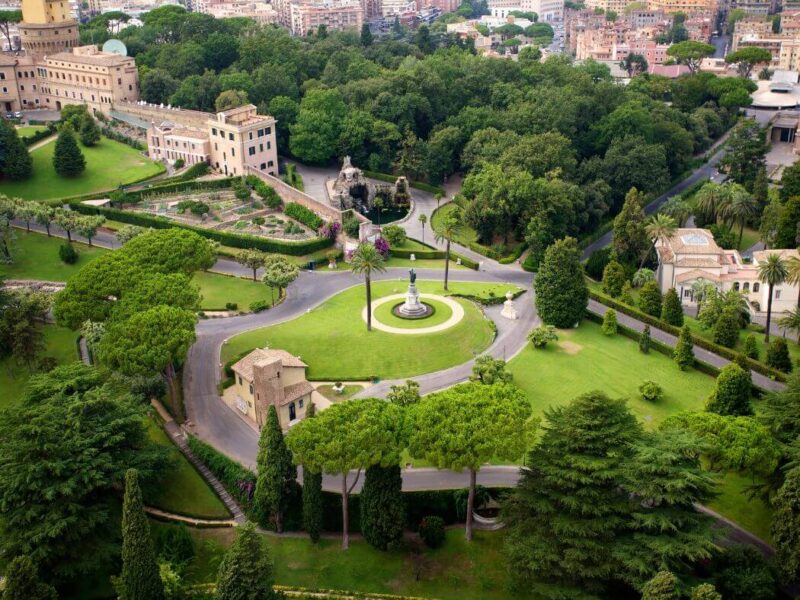
The Vatican Gardens, spanning over 23 hectares, are located at the rear of the Vatican Museums and constitute over half of the total area of Vatican City. By partaking in the official Vatican tour, one has the opportunity to explore these gardens.
Circus Maximus
Regrettably, there remains little of Circus Maximus, the colossal arena for chariot races. However, a brief glimpse will provide a formidable understanding of the stadium’s immense scale.
Colle del Gianicolo
Colle del Gianicolo, located near the Trastevere area, provides a breathtaking panorama of Rome. As you stroll from Trastevere, you will encounter the Fontana dell’Acqua Paola and the statue of Giuseppe Garibaldi on horseback.
At the end of the Trastevere page, you will discover a delightful pathway leading from Trastevere to the Vatican.
Trajan’s Markets
Situated adjacent to Trajan’s Forum, the Mercati di Traiano is a five-story semi-circular structure that formerly served as a hub for shops and offices. A portion of it now accommodates the Museum of the Imperial Forums.
Stadio Olimpico
The Stadio Olimpico, previously known as an Olympic Stadium, now offers visitors the opportunity to partake in a guided tour to delve into the history and achievements of both AS Roma and Lazio, renowned football clubs.
Tiber River
A serene method to discover the Tiber River that winds through the city of Rome is by embarking on a boat excursion. For instance, you can partake in an evening cruise and indulge in a light refreshment as you bask in the experience.
In the expansive city park known as Villa Borghese, you will find Bioparco, Rome’s zoo that spans 17 hectares and boasts a rich history of over a century.
Palazzo Barberini
Palazzo Barberini, a palace constructed in the 17th century, is situated near Piazza Barberini and presently serves as the home for the ‘Galleria Nazionale d’Arte Antica’, which houses Rome’s most significant national collection of ancient paintings in Italy.
Ara Pacis
The Ara Pacis Augusta, constructed in 9 BC, is an exquisitely crafted sanctuary explicitly devoted to the concept of peace.
Previously situated outside the city on Campus Martius, it now stands proudly after undergoing a magnificent restoration and can be gazed upon with awe.
Mamertine Prison
Mamertine Prison, situated close to the Forum Romanum, is known as Carcere Mamertino. This sad site holds a legendary reputation as the place of imprisonment for the apostles Peter and Paul.
Largo di Torre Argentina
The ancient remains of Largo di Torre Argentina, located in the heart of Rome at Torre Argentina, now function as a refuge for over 150 felines. It is an essential experience worth exploring through the historic district.
Day Trips from Rome
In Rome, there are numerous day trip options available that can be conveniently undertaken. Within this article, you will discover a comprehensive exploration of the top 4-day excursions departing from Rome.
These activities will serve as ideal options for those seeking respite from the busy atmosphere of the city of Rome.
Exploring the Roman landmarks in Ostia Antica
If you desire a respite from the hustle and bustle of Rome, Italy, a splendid option for a day excursion is to explore the archaeological remains of the ancient Roman port town known as “Ostia Antica.”
Situated approximately 30 kilometers west of Rome, this archaeological park offers convenient train access, allowing visitors to leisurely wander through the expansive 100 hectares of Roman excavations and notable tourist sites within Rome’s historic harbor area.
Excursion: Castel Gandolfo
Situated a mere 25 kilometers away from Rome, Castel Gandolfo presents itself as an accessible destination for a day trip via train.
This charming town is renowned for housing the summer residence of the Pope, known as the Apostolic Palace of Castel Gandolfo, which is conveniently located adjacent to the stunning Lago Albano lake.
For several years, Pope Francis, who opts not to reside in the Papal Palace, has granted public access to the complex.
Consequently, this presents a rare chance for visitors to explore this historic location accompanied by the stunning Barberini Gardens. It is essential to make a reservation. Additional details regarding ‘Castel Gandolfo’ can be found.
Excursion to Tivoli: Exploring Villa d’Este and Villa Adriana for a day.
Tivoli, situated 29 kilometers east of Rome, is adorned by two villas that have achieved World Heritage List status. Among them is the Villa d’Este, a splendid Renaissance estate renowned for its exquisite interior and picturesque gardens in its lush surroundings.
Additional points of interest include the archaeological remains of Villa Adriana, the expansive residence belonging to Emperor Hadrian. For further information regarding the villas in Tivoli, an enjoyable excursion from Rome, please continue reading.
How to Go to Florence from Rome
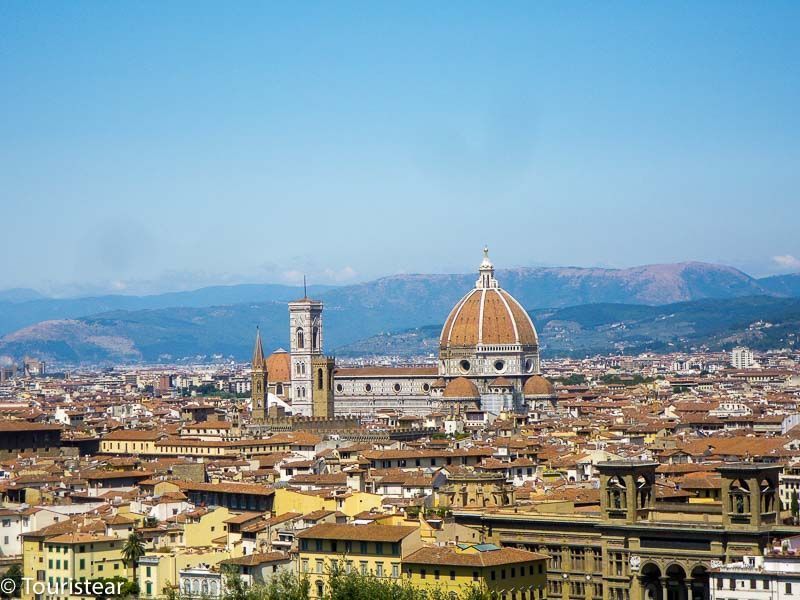
Embarking from Rome to Florence is akin to traveling from one historical treasure chest to another.
As you leave behind the ancient grandeur of the Eternal City, with its Colosseum and Vatican City, the Italian countryside unfurls its rolling hills and vineyards, whispering tales of bygone eras.
Upon arriving in Florence, the birthplace of the Renaissance, you’re greeted by the majestic Duomo, the enchanting Uffizi Gallery, and the timeless Ponte Vecchio.
Each step in this fabled city is a brushstroke on a living canvas of art, history, and unparalleled beauty, revealing the indelible imprint of masters like Michelangelo and Leonardo da Vinci.
Have you been to Rome? What are your must-visit places? Tell us in the comments!!!
Plan Your Trip to Italy
- What to see and do in Rome in 4 days?
- Free Tour in Rome with a guide in your language
- OMNIA Card: Vatican and Rome
- Ideas to visit Florence
- Itinerary for 3 days in Florence
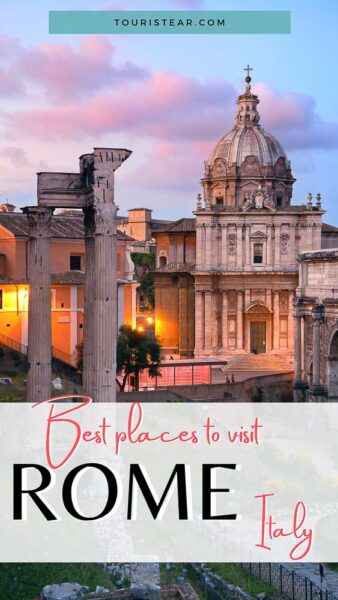
Last Updated on 31 October, 2023 by Veronica
Disclosure: Some of the links on this post are affiliate links, meaning at no additional cost to you, I may earn a small commission if you click through and make a purchase.
Author: Veronica
Vero, a seasoned traveler, has explored 25 countries and lived in five, gaining a rich perspective and fostering an infectious passion for travel. With a heart full of wanderlust, Vero uncovers the world’s hidden gems and shares insights, tips, and planning advice to inspire and assist fellow adventurers. Join Vero and let the shared passion for travel create unforgettable memories.
